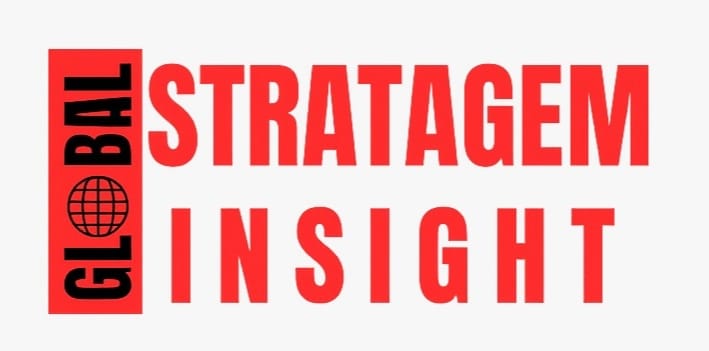Bridging the Gap: Aligning Physical and Cybersecurity in a Hybrid Threat Environment

Bridging the Gap: Aligning Physical and Cybersecurity in a Hybrid Threat Environment by Global Stratagem Insight
In a world where war is no longer always waged with tanks and missiles, but through malware and misinformation, Pakistan finds itself at the crossroads of two intersecting battlefields, the physical and the digital. The hybrid threat environment is not a hypothetical one anymore: it is actual, and it is already present with us. Whether it is the 2008 Mumbai attacks in which gunmen used GPS and mobile communication to make terror attacks real-time or the 2023 cyberattacks of the government websites in Pakistan after the political unrest, the message is quite clear: hybrid threats take advantage of physical as well as cyber vulnerabilities. However, it is still be viewed as distinct fronts.
Even in Pakistan, power grids, rail infrastructure, airports and even security agencies are being digitized. However, whereas there might be physical security, which is sometimes in the open (where the guard, the fences and the check-posts are), cybersecurity is a forgotten entity. The Global Cybersecurity Index (2020) issued by the ITU reported that Pakistan was in the 79th position of a total of 182 countries, which shows substantial shortcomings in cyber-readiness.
Pakistan National Database and Registration Authority (NADRA), which stores the biometric and personal information of more than 220 million of the population. Although its data centers are highly secured against any physical intrusion, the cyber layer has proven to be prone to various attacks, such as data leakage, in the past. An intrusion in this would lead to identity theft, voter manipulation or even foreign espionage.
Likewise, the energy sector in Pakistan, especially the electricity grid, is becoming threatened. An attack on the Lahore Electric Supply Company (LESCO) or the National Transmission and Dispatch Company (NTDC) would cripple everyday life and paralyze business activity. A technical failure in 2021 caused a nationwide power outage on an enormous scale but what would happen if the nation-scale blackout were caused deliberately?
The military is also vulnerable to the hybrid threat setting. Pakistan has a strong army that successfully battles conventional warfare, though it needs to be integrated, in case of hybrid war, like cyber sabotage, information warfare, and drone-based offensives. Civil-military relations have been subjected to recent misinformation campaigns on social media, some that have been claimed to be perpetrated by foreign actors and have served to expose internal divisions within organizations and, in some cases, to exploit the emotions of the population.
To close this divide, Pakistan requires an amalgamated National Security Architecture that does not consider physical and cyber spaces as different silos, but instead, two realities that are interconnected. National Cyber Security Policy was adopted in 2021, but it has not been implemented enough. Cross-domain training, inter-agency coordination, and joint simulations will have to be institutionalized.
Besides, this ecosystem should be incorporated with local governments, private companies, and schools. Smart cities, such as Islamabad and Lahore, with a surveillance system and the infrastructural use of the IoT, are highly susceptible to harm unless physical and cyber security are coordinated.
In the end, Pakistan needs to change its reactive stance to proactive robustness. The campaign to suppress hybrid threats is not about stealing data or border fighting, but trust, sovereignty and survival in the digitized realm. The firewall has to be able to match the fortress; the keyboard has to protect the gate. Pakistan can only stand a chance of surviving the invisible conflicts of the 21st century when the two worlds are united.



